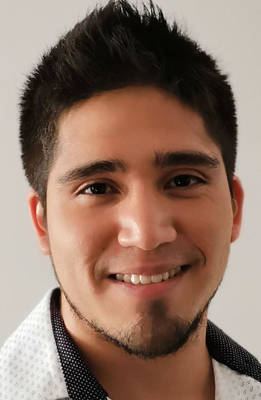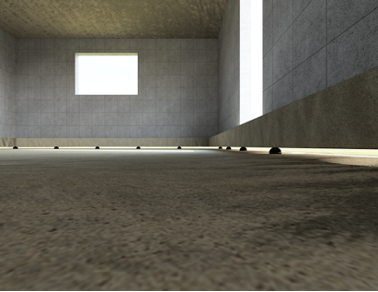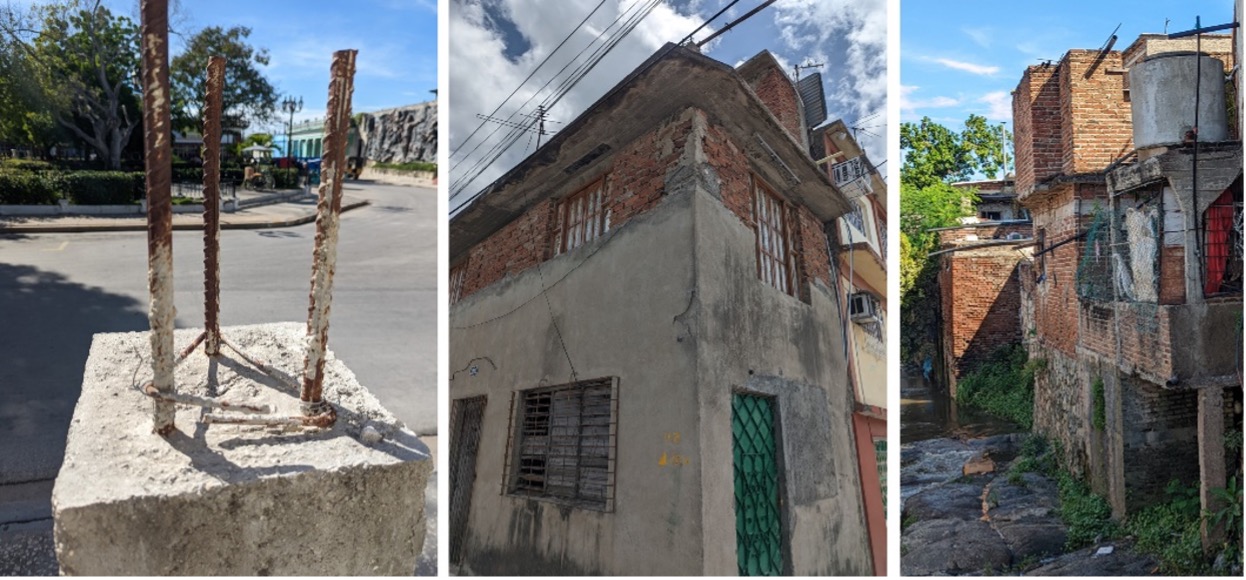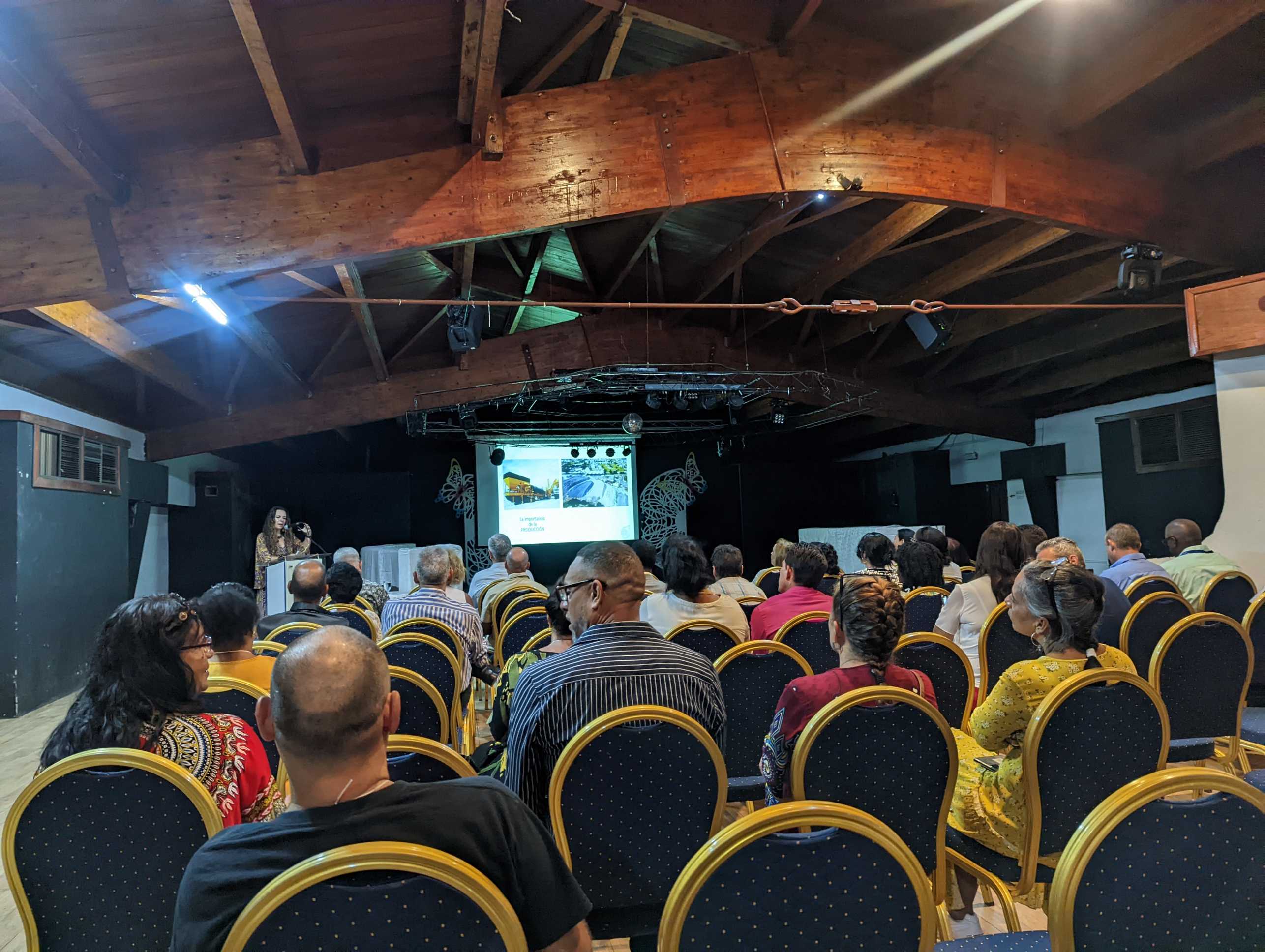Research to Action: A low-cost earthquake protection system for Cuba
Sergio Reyes, PhD candidate at the Chair of Seismic Design and Analysis, shares his experience traveling to Cuba on a Research to Action Grant to better understand how to implement his research.


My journey to Cuba wasn’t just a great travel experience; it was an incredible step toward implementing affordable solutions for earthquake safety.
For the past three years of my Ph.D., my team and I have been developing an affordable system for protecting structures against earthquakes. We, structural engineers, design structures with one purpose in mind: safety. If you generally go to sleep without worrying that your roof may fall on you during the night, then we are doing a pretty good job. This is not so difficult to achieve for gravity loads, but things get much more interesting when we design for dynamic forces, such as earthquakes. Earthquakes are the cause of more than half of all deaths related to natural disasters worldwide,1 and also nearly 20% of total global economic losses.2 These uncomfortable facts prove that we still have a lot of work to do.
You might assume that to protect a building from collapsing during an earthquake, structural engineers work to make the building as strong as possible. That assumption would not be 100% accurate. Our job actually involves providing just enough resistance to the building so it doesn’t collapse during a strong earthquake. In fact, strategic softening of a structural system can have an outstanding performance against earthquakes. We call this “seismic isolation”, and this is the approach that I have been using for the past three years of my Ph.D. to develop an affordable earthquake protection system for houses in Cuba.

Imagine putting spheres under your house, so that when the ground shakes, the house can freely roll on the spheres instead of receiving the intense ground shaking. This is essentially what seismic isolation does. Flexible devices placed between the building and its foundation act like shock absorbers (or sliders), allowing it to move independently of the ground’s motion during an earthquake. The current go-to devices work exceptionally well, but at a cost prohibitively high for lower-income countries.
About three million people live in the southeast region of Cuba, an area of high seismic activity. While this is not the most earthquake-prone region in the world, don’t let that fool you. Less frequent earthquakes don't diminish their potential threat. In fact, they are often more dangerous due to a lack of previous experience, hindering updates to construction standards and community awareness, particularly in a region with such population density and limited construction regulations. That's precisely why we're passionately working on a low-cost seismic isolation system using elastomeric spheres, tailored to meet Cuban needs. Yes, we're literally trying to make houses roll on spheres—and it seems to work so far.

That’s also the reason I traveled to southeast Cuba last year. I met with local engineers and government entities to discuss the latest breakthroughs from my Ph.D., unveiling the potential for implementing the sphere isolators by the groups our design aims to reach. As I walked through Cuban cities and towns on my trip, the precarious construction standards of dwellings immediately captured my attention. While high-income countries have the resources to set and enforce design codes, many Cubans have built or improved their houses independently, which led to seismically unsafe constructions. This is understandable when you consider that most individuals have lived on less than $35 a month in recent decades, making adherence to a design code much more difficult. In response, the Cuban Seismological Research Center3 released its "Booklet of Useful Tips to Build Seismic-Resistant Houses by Your Own Means," providing simple guidelines for constructing earthquake-resistant houses.4 Nevertheless, the document strongly encourages asking a competent professional for the structural design and supervision. This shows that the construction situation in Cuba is unique.

From the beginning, my research team and I recognized that this low-income setting and the specific needs of the local community would be the driving force in developing the isolation system. In line with this, we organized a workshop during the 2023 Annual Earthquake Engineering Cuban Meeting, in which we brought together the Cuban government, construction companies, engineers, students, and professors. This collaborative environment not only allowed us to share our vision for the seismic isolation system, but also provided a platform for our stakeholders to express their perspectives and concerns, taking an active role in the process. The invaluable feedback during the workshop guided us to refine critical aspects of the system with a focus on its practical constructability and to start planning the final shake-table tests.5 For instance, some materials, such as PVC, are difficult to obtain in Cuba and therefore cannot be considered in the construction process. The workshop also revealed that the use of cranes considerably increases the cost of construction, so most elements need to be liftable by human power.
In this upcoming stage, we will construct a model structure in the laboratory and subject it to a series of consecutive earthquakes. This rigorous testing will validate the effectiveness of our isolation system under extreme and realistic conditions. Through the workshop, the significance of our work became even more apparent as we sought to bridge the gaps between our research and the practical needs of those who would benefit—the future users in Cuba. As a structural engineer, being part of this project has been one of the most fulfilling aspects of my career. It has been a long and challenging road, but the promise of safer housing for communities in seismic-prone regions like Cuba will continue to drive our dedication to seeing this project through to implementation.
1 https://www.who.int/health-topics/earthquakes#tab=tab_1
2 https://ourworldindata.org/grapher/economic-damage-from-natural-disasters
3 https://www.cenais.gob.cu/cenais/
4 Translated from original Spanish title: «CARTILLA DE CONSEJOS ÚTILES PARA CONSTRUIR VIVIENDAS, POR ESFUERZO PROPIO, CON CARACTERÍSTICAS SISMO RESISTENTES»
5 In Earthquake engineering, a shake table test is a physical experiment used to simulate the effects of earthquakes on structures. The test involves placing a model or prototype of a building on a large, horizontal platform known as a shake table. The shake table is capable of reproducing real ground motions and vibrations experienced during an earthquake in a controlled environment.
Text and images for this post provided by Sergio Reyes